When I first started this blog, I mentioned that I would write about natural history observations from my fieldwork. I have written natural history-ish things, mostly about hummingbirds or describing hikes I have done, but here is a true natural history observation I made while doing fieldwork back in Arizona that I was thinking about recently. The main character in this observation is the yellow-eyed junco (Junco phaeonotus):
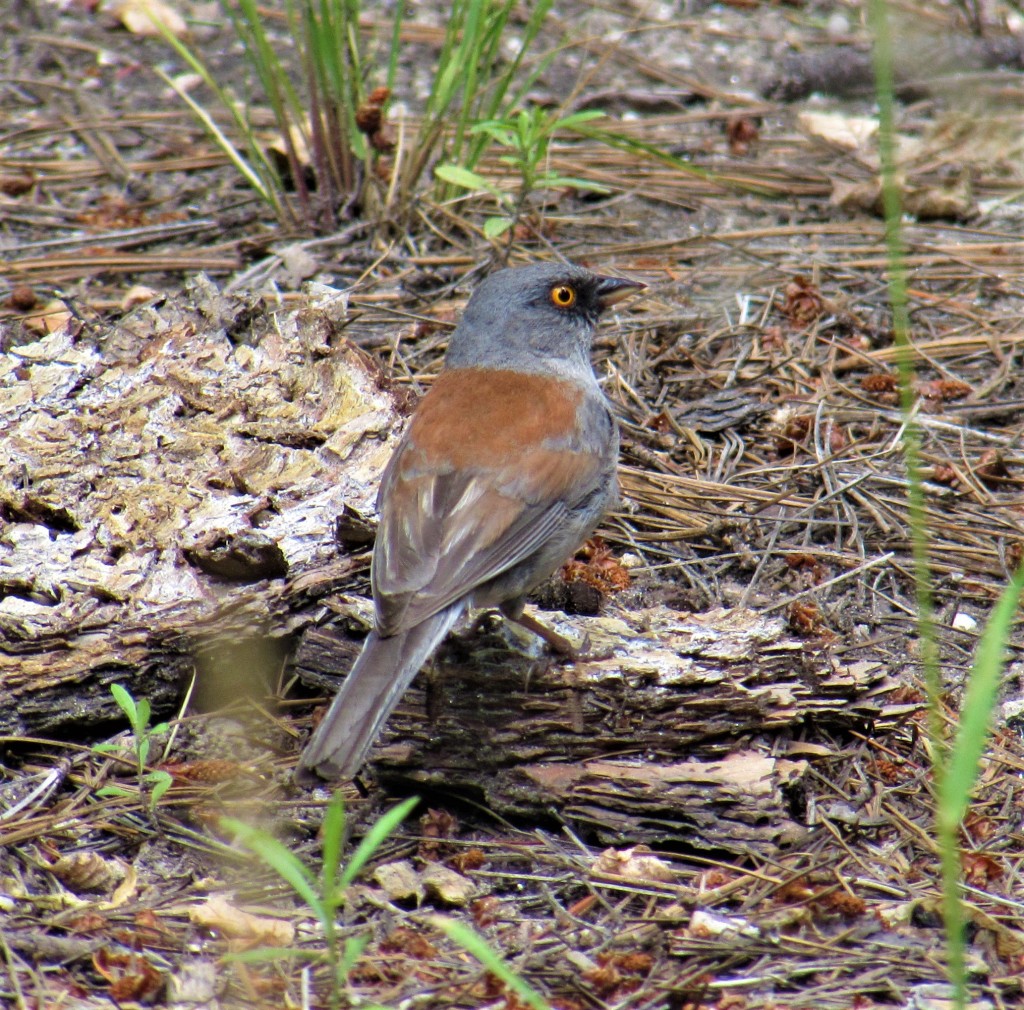
Now these are actually yellow-eyed juncos, not the red-backed dark-eyed junco morph, which looks like the yellow-eyed (look at the eye color for confirmation). The location of this story is Mount Lemon, just outside of Tucson, Arizona, in the Santa Catalina Mountains. I was up around 7000 feet (2134 meters) near the Rose Canyon Campground and Rose Canyon Lake. Yellow-eyed juncos like to hang out in pine-oak or other coniferous forests, that are fairly open, like the one I was in, so they were quite common and easy to observe there.
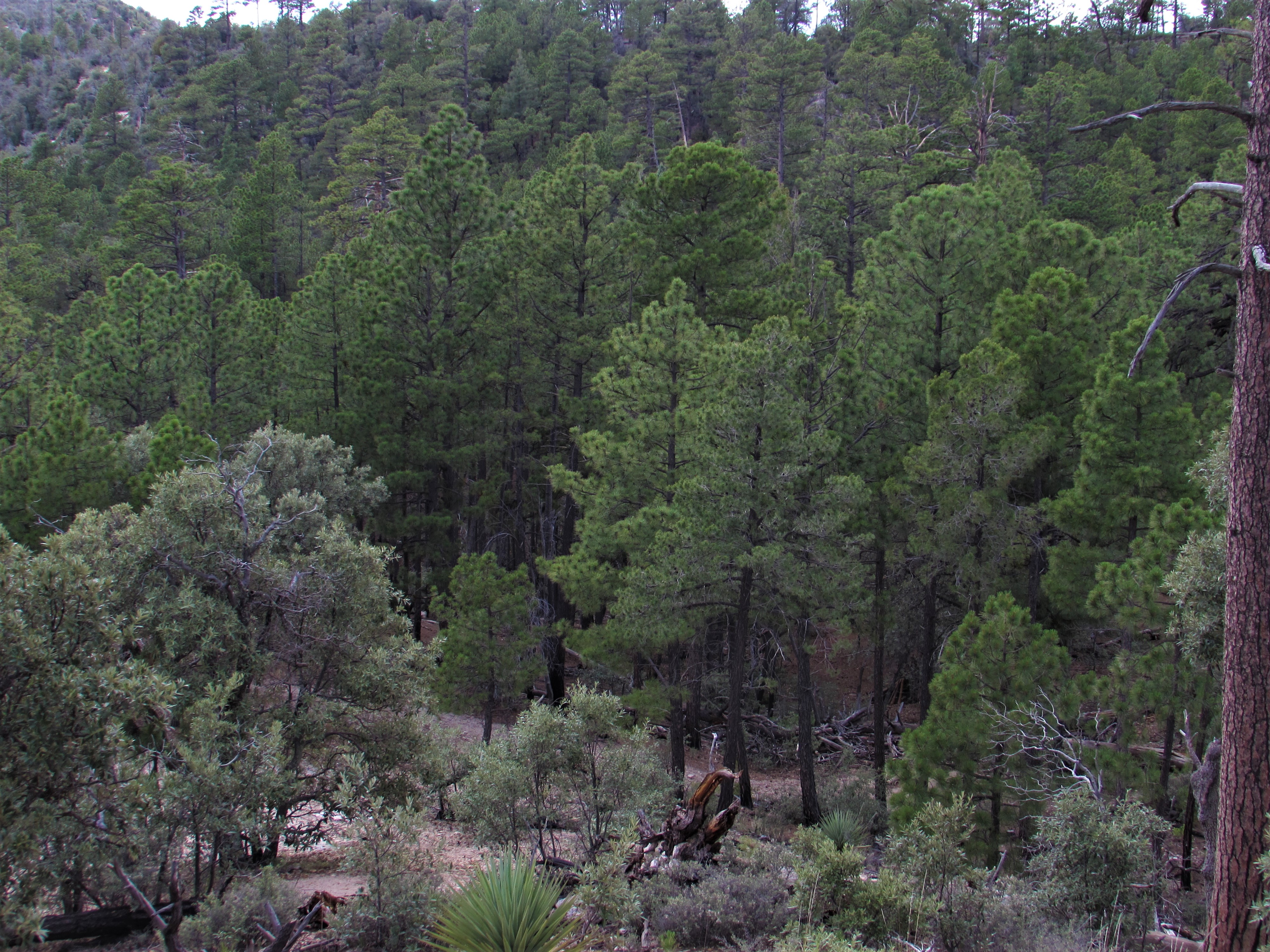
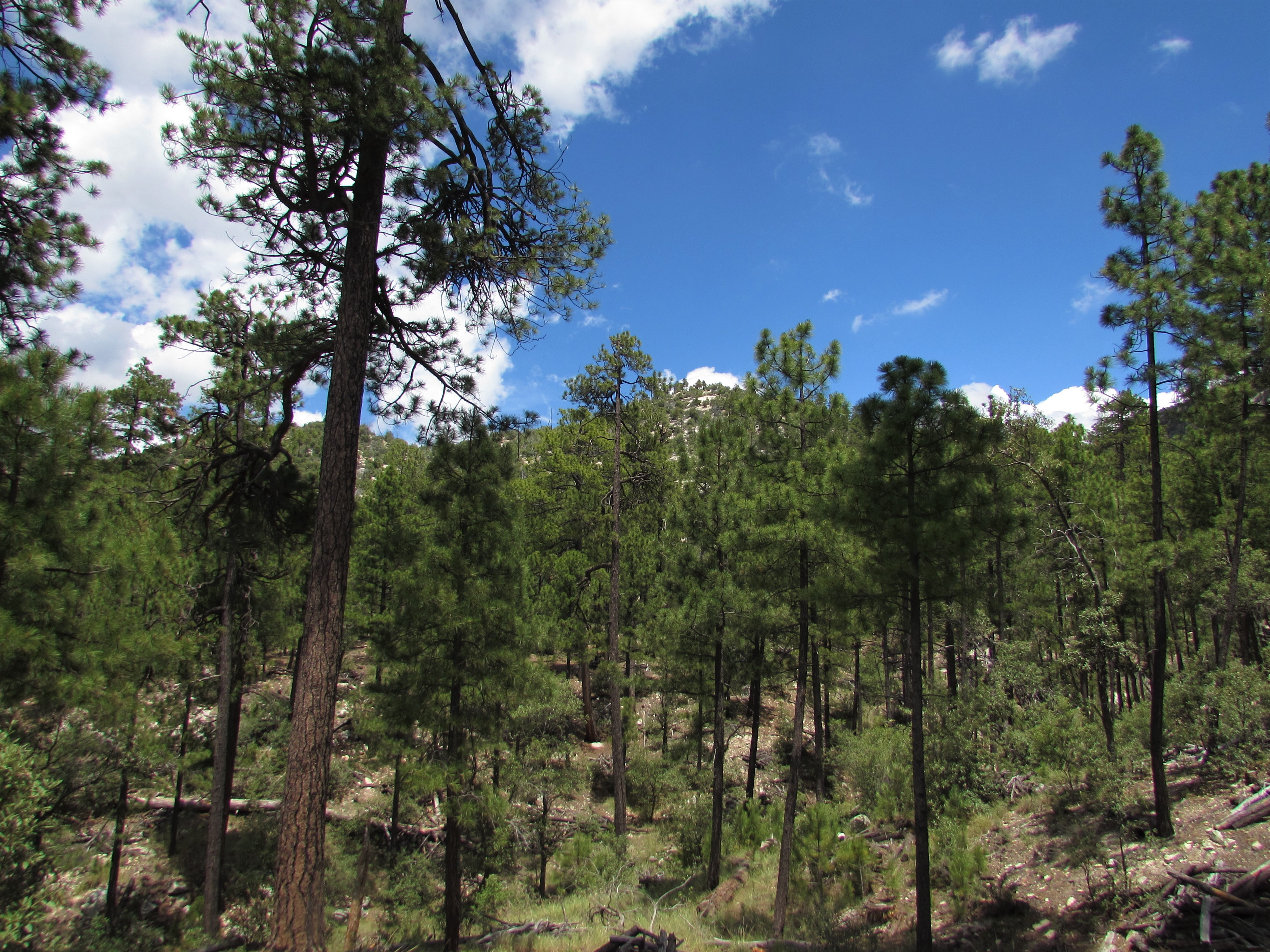
Juncos are in the new world sparrow family Passerellidae and, in my opinion, are some of the more interestingly colored sparrows. This species, as many in the family, primarily feeds on seeds and insects while foraging on the ground. And my observation focuses on an interesting foraging behavior I observed.
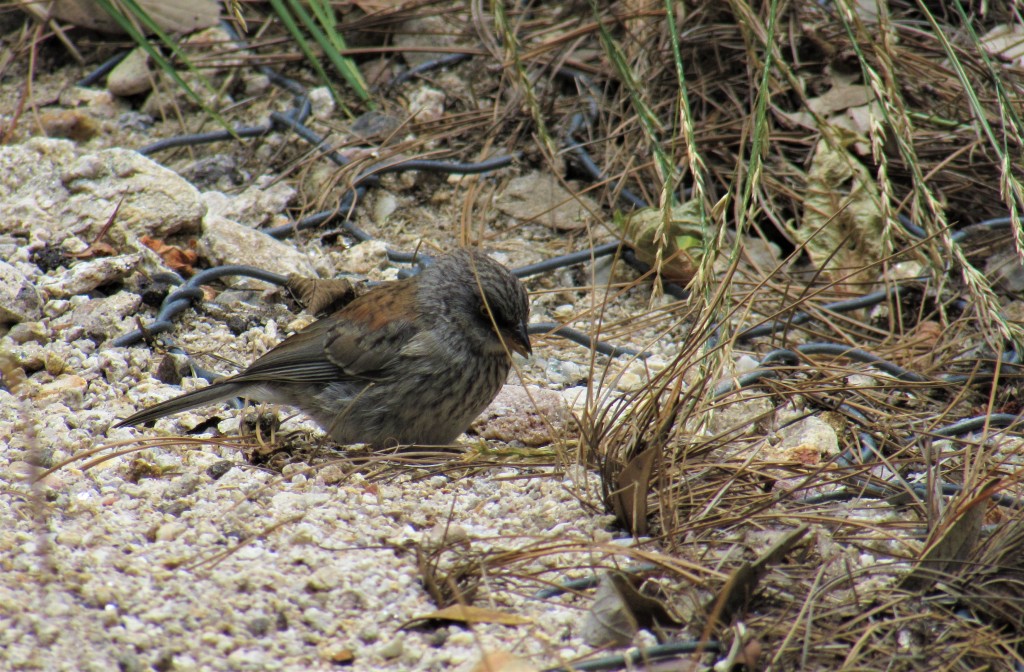
I was in the area looking for broad-tailed hummingbirds to help a documentary crew film their breeding and courtship behavior. As a note, there were also a ton of broad-tailed hummingbirds in this area. I arrived several days before the crew showed up, which gave me the opportunity to explore the area a bit – mostly scouting for hummingbirds. I was sitting on a tree stump, after a bout of hummingbird scouting, and I saw some of these juncos feeding on grass seeds along the road. I do not know what species of grass they were feeding on, but the seeds were on the top of the long, thin grass stalks.
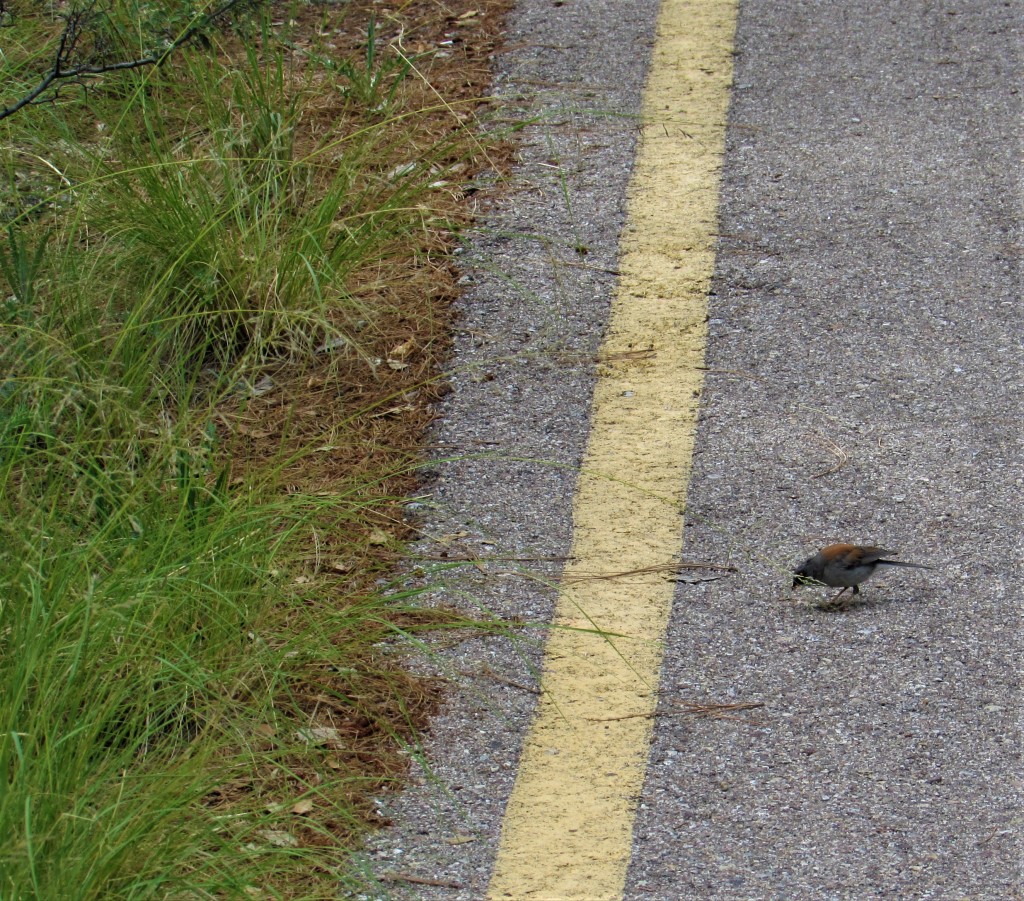
Given that these grass stalks were too thin and weak to support a perched bird, I figured the juncos were either hopping up to grab seeds mid-flight or just eating seeds that had fallen on the ground. Instead, I saw something I found to be very intriguing. The juncos were flying up to just below where the seeds were on the grass stem and landing on the stem, which brought the stem back down to the ground. Then these birds would stand on the bent over stem, holding it down with one or both feet, and eat the seeds from the stem tip, which was now laying on the ground at their feet. Once they finished harvesting the seeds on one grass stem, they would release it and repeat the behavior on the next one.
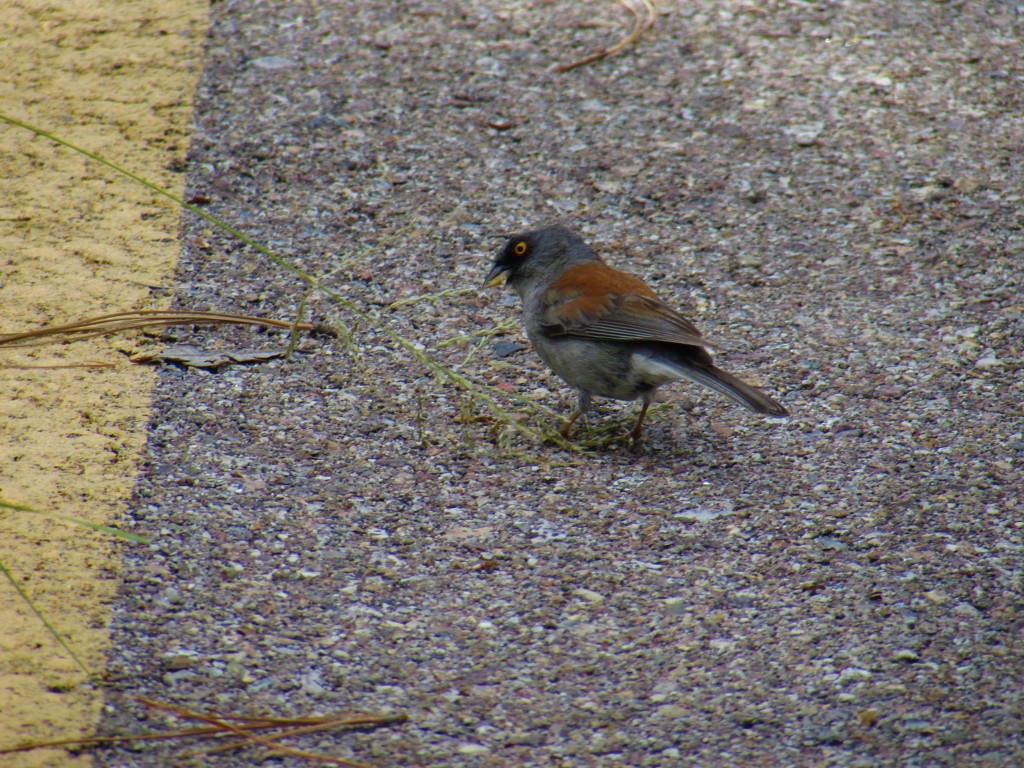
I thought this was so peculiar that I sat there and watched them for a while. Maybe this is not such an unusual behavior for sparrows, but I had never seen something like this before and thought it was quite clever of the birds. I would be curious to know if anyone has observed something similar to this or if any research has been done on behaviors such as these in sparrows or other ground foraging seed-eaters.
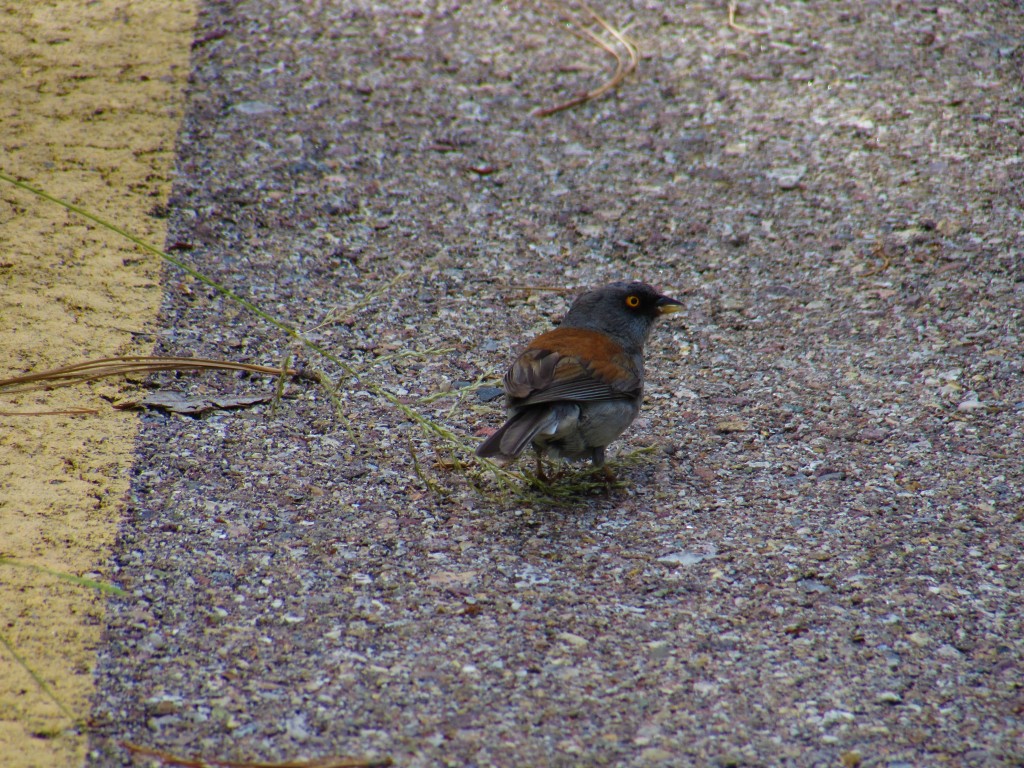
And that is my natural history observation – I hope you enjoy it!